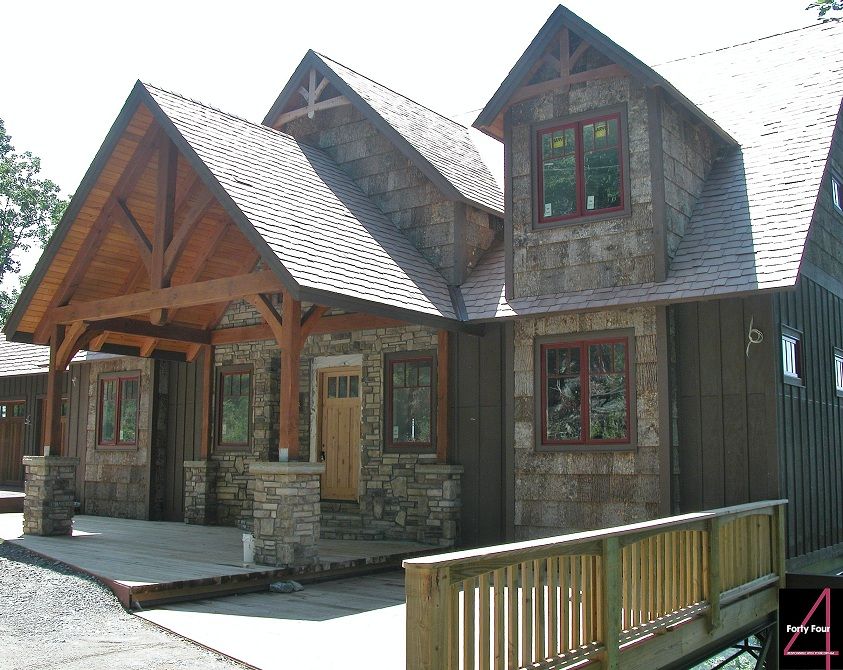The thickness varies from 5 8 1 x 18 tall x random widths from 6 32 wide.
Using bark as siding.
A natural poplar tree bark is removed from the tree in layers.
North american indians used the bark siding more than 500 years ago.
To harvest the bark a kerf or groove is cut down the length of a newly cut log and the bark is actually pried and peeled off.
Interest in this product greatly increased after it was featured on the hgtv s dream home 2006 as a natural exterior siding.
Individual bark shingles are 18 inches or 26 inches long and the random widths range from 4 inches to 4 feet.
Barkclad based in the southern appalachian mountains of western north carolina is a bark siding and building supply company.
Depending on the grade standard or premium bark siding shingles will be 3 4 inch to 1 1 2 inches thick.
The bark is squared kiln dried and the quality is checked to ensure a top shelf siding product.
They head into the woods every summer for a few weeks to harvest the bark of the southern tulip poplar a hearty and abundant tree whose characteristic to grow straight and tall makes it an ideal source for natural siding.
Bark siding is exactly what the name implies.
The bark which is historically a waste product in lumber operations is harvested to become siding and wall tiles before the logs reach the mill.
When the bark siding is applied a vapor barrier placed behind it helps prevent moisture buildup and deterioration.
Shingles may be cut lengthwise for different looks and the amount of lap changes the look.
The bark is kiln dried flattened out and cut to specs to be used for siding.
Most customers show a 16 revel face.
Modern use of bark dates to the 1800s in several areas but was noticeably very popular in the early 1900s in the banner elk and linville areas of north carolina.

